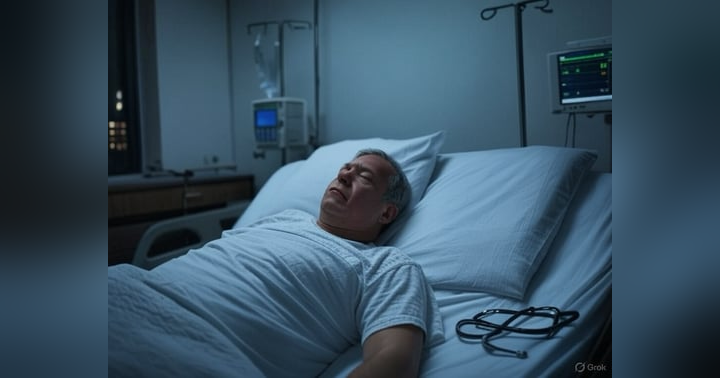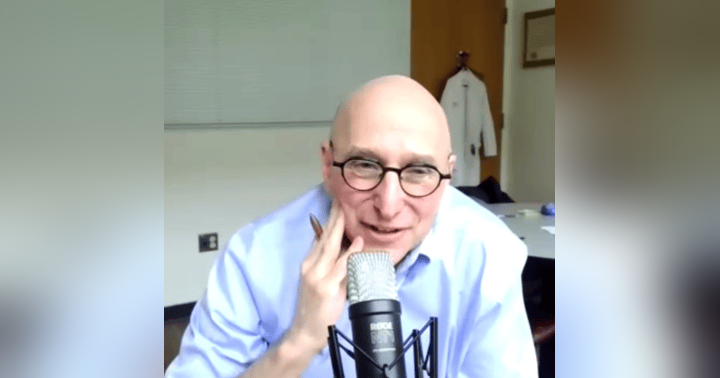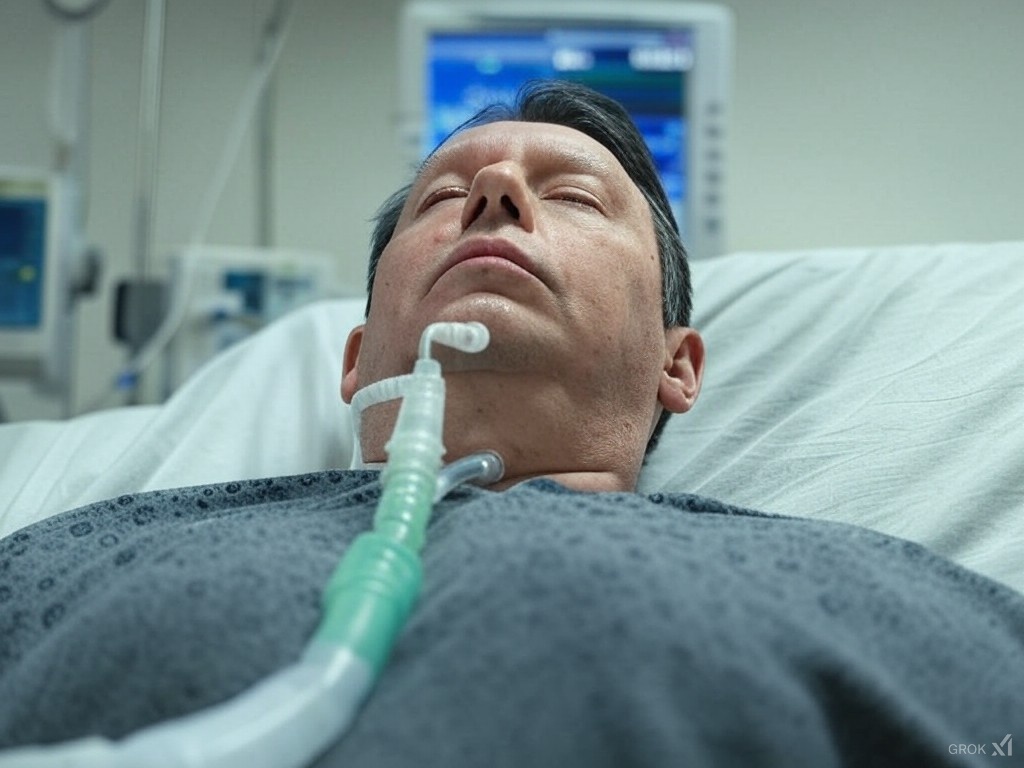Feb. 3, 2025
What If An "Unresponsive" Patient Is Actually "In There"?

In August 2024, an article was published in the New England Journal of Medicine entitled, “Cognitive Motor Dissociation in Disorders of Consciousness.” It showed that 25% of patients who were deemed “unresponsive” actually did respond when evaluated by either functional MRI, EEG, or both. The article made news headlines, and I did not pay much attention to the article.
That is until I read this column by Brigham and Women’s Pulmonary and Critical Care specialist Dr. Daniela Lamas, in which she wrote:
“A provocative large study published last year in The New England Journal of Medicine suggests that at least one-fourth of people who appear unresponsive actually are conscious enough to understand language. As a doctor who sometimes sees patients like this, these findings are, in a word, terrifying.”
The reason she finds this terrifying is that the study showed that, for a significant number of patients who we think are clinically “unresponsive,” they actually might be “in there.” She continued:
“Studies like this raise the possibility that there are tens of thousands of men and women locked inside their minds, isolated to a degree I cannot even imagine. They are voiceless and largely invisible, with some of them being cared for in nursing facilities.”
Dr. Lamas also highlighted the tension we critical care doctors always face when patients suffer devastating neurologic injuries:
“I’ve often struggled with how to recommend care for patients with uncertain recoveries after brain injuries. As an intensive care unit doctor, I see patients in the early days after a catastrophic event, collecting as much information as possible to guide families’ decisions about whether to continue life-prolonging therapy or shift to providing comfort. These conversations are challenging, particularly when our neurologist colleagues say the patient just needs more time. I worry that continuing aggressive interventions, like the surgical insertion of a tracheostomy tube, might cause patients and their families needless suffering while chasing an outcome that might be unattainable. At the same time, I never want to withdraw life-prolonging support too early.”
I share this tension with my own patients, as well.
Yet, when I look at this study, the results do not terrify me. On the contrary, they give me more information and insight which I can share with my patients’ families. Given this information, that perhaps at least 25% of patients we think are “unresponsive” are actually responsive when evaluated by MRI or EEG, then we need to ask this question of the family:
“If your loved saw himself like this: hooked up to a machine to breathe; needing a feeding tube to eat; cannot verbally interact like he used to; and, possibly be “in there” and not be able to respond to us; what would he say? Would he want to live like this?”
I know, for me, the answer would be a loud and emphatic “NO.” But that’s me. I need to know what my patient would want were he or she faced with this clinical scenario, so I can provide care that is consistent with his values and preferences.
There is another implication of the findings of this study that is just as important. Dr. Lamas also mentioned it in her column:
“I recently found myself at another bedside in the long-term hospital, visiting a young man who had suffered a severe brain injury from a bicycling accident nearly six months before...This time, with the recent research in mind, I paused. I spoke to him before I began my exam.”
This is a great lesson to learn, and I will redouble my efforts to do the same. And, given that perhaps patients may understand even when “unresponsive,” I will encourage the patient’s families to talk to them and maybe play their favorite song or television show. It may give them some relief; I hope it does not, however, cause them more distress.
Sleep in the ICU: What Do The Guidelines Say?
Sleep, I often say, is the elusive treasure of a hospital stay. Indeed, when hospitalized, there are many things that need to be done to the patient: diagnostic tests, laboratory studies, multiple visits from multiple clinicians, to name a few. So, …
The Best Answer to "Why Medicine" I Have Ever Heard
“Why Medicine?”
Why go into a career that takes several years - and costs hundreds of thousands of dollars - to complete? And, it is still a very demanding job at the end of that long, expensive path. So, why do it?
Many, including mys…








